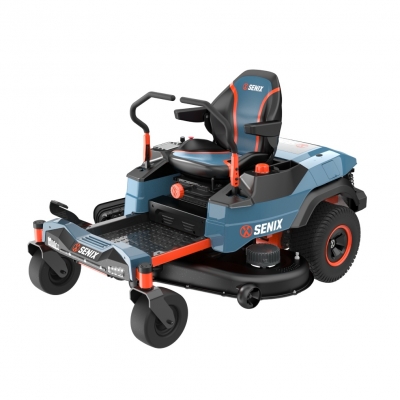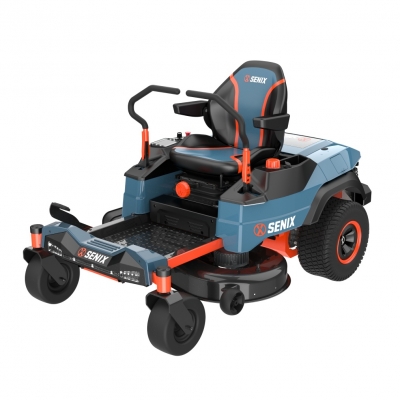Mastering Autumn Cleanups: The Real Power Behind Your Leaf Blower
Every autumn, countless homeowners face the same challenge: the sudden blanket of leaves across their lawns, driveways, and gardens. While rakes were once the traditional solution, the modern leaf blower has revolutionized seasonal yard maintenance. Yet, choosing and using a blower effectively depends on understanding three critical performance metrics: air speed (MPH), air volume (CFM), and blowing force (N).
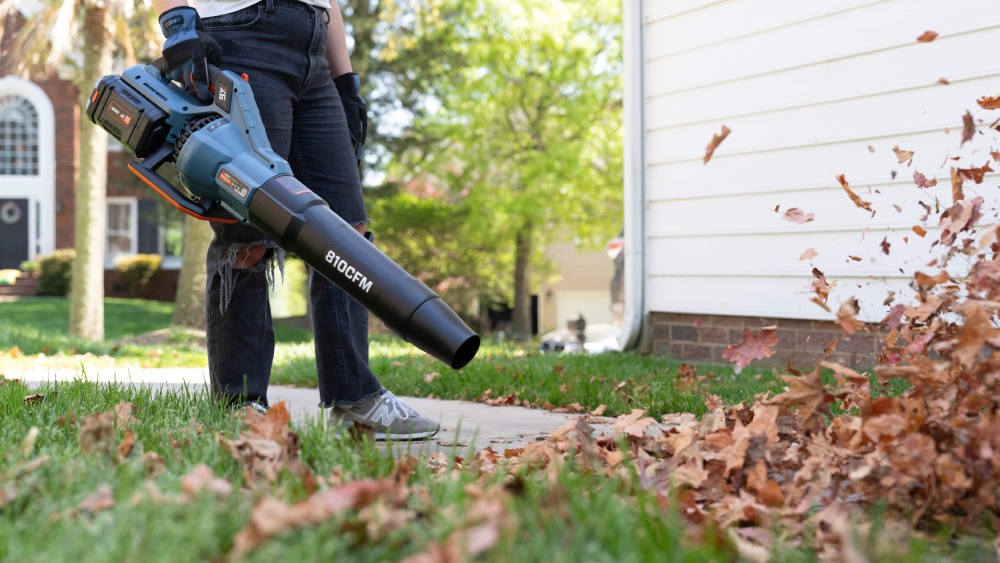
Why These Metrics Matter in Autumn
Leaves are not uniform. Some are light and crisp, scattering easily, while others are damp, heavy, and clumped together. The ability of a blower to handle these variations depends on the interaction of air speed, volume, and overall blowing force. According to the University of Minnesota Extension, leaves left on the lawn over winter can suffocate turf and encourage mold growth, making timely removal not just aesthetic but essential.
A closer look at blower performance specs shows why these numbers aren’t just marketing—they determine real-world efficiency when faced with autumn’s heaviest cleanups.
Air Speed (MPH): The Driving Force
Air speed, measured in miles per hour (MPH), refers to how fast air exits the blower nozzle. Higher MPH equates to greater force against surfaces, which is especially useful for loosening wet or compacted leaves.
Consumer Reports testing indicates that blowers under 150 MPH often struggle with damp leaf piles, while those exceeding 200 MPH can lift stuck debris from grass or pavement with relative ease.
For example:
120–150 MPH: Suitable for light yard maintenance, patios, and driveways.
150–200 MPH: Effective for average autumn cleanup in small to medium yards.
200+ MPH: Best for heavy, wet leaves and professional-grade tasks.
However, speed alone doesn’t determine effectiveness—it must be paired with air volume.
Air Volume (CFM): The Mass Mover
Air volume, measured in cubic feet per minute (CFM), describes how much air the blower moves. Where MPH provides the “punch,” CFM provides the “push.” A high air volume means the blower can move larger piles of leaves in fewer passes.
The Ohio State University Extension highlights that blowers with higher CFM reduce cleanup time by covering a wider swath per sweep. This makes a big difference in autumn, when leaf fall is heavy and continuous.
General benchmarks include:
200–400 CFM: Adequate for patios, decks, and light cleanup.
400–600 CFM: Strong enough for average residential autumn lawns.
600+ CFM: Designed for large yards or commercial properties, capable of moving dense piles.
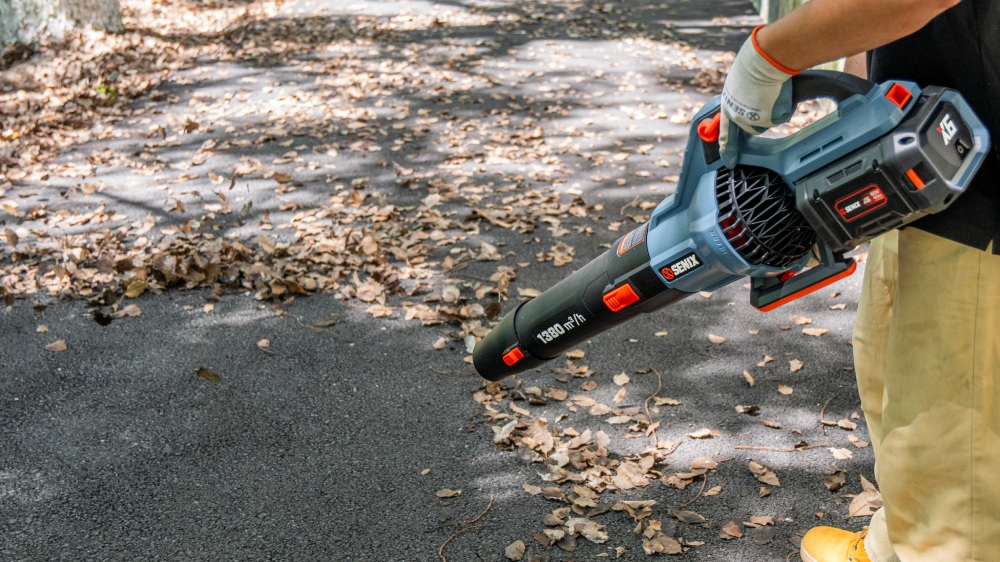
Blowing Force (N): The Balanced Measure
Some manufacturers now publish “blowing force” measured in Newtons (N), combining both MPH and CFM into a single performance number. The higher the Newton rating, the more effective the blower is at moving both light and heavy debris.
For reference, STIHL—a leading outdoor power equipment brand—rates many of its professional blowers in the 20–40 N range. A handheld blower under 15 N is often adequate for homeowners, while backpack blowers exceeding 30 N can handle large, wet accumulations with ease. Additionally, the SENIX 60V Brushless 1380m³/h (810CFM) Blower achieves an air volume of 810 CFM, a wind speed of 167.7 MPH, and a blowing force of 25 N, reaching the professional level for daily use and fully meeting the needs of autumn leaf cleaning.
This measurement is particularly useful because it reflects real-world leaf-moving capacity rather than just speed or volume alone.
The Interplay of Speed, Volume, and Force
Autumn cleanup requires a balance. A blower with high MPH but low CFM might scatter leaves without moving them effectively into piles. Conversely, high CFM with low MPH may push large volumes of leaves but struggle with damp patches.
Independent tests by Consumer Reports (2023) concluded that blowers in the 400–500 CFM, 150–200 MPH range strike the best balance for most homeowners. For larger properties or commercial use, upgrading to higher Newton-rated backpack models is worth the investment.
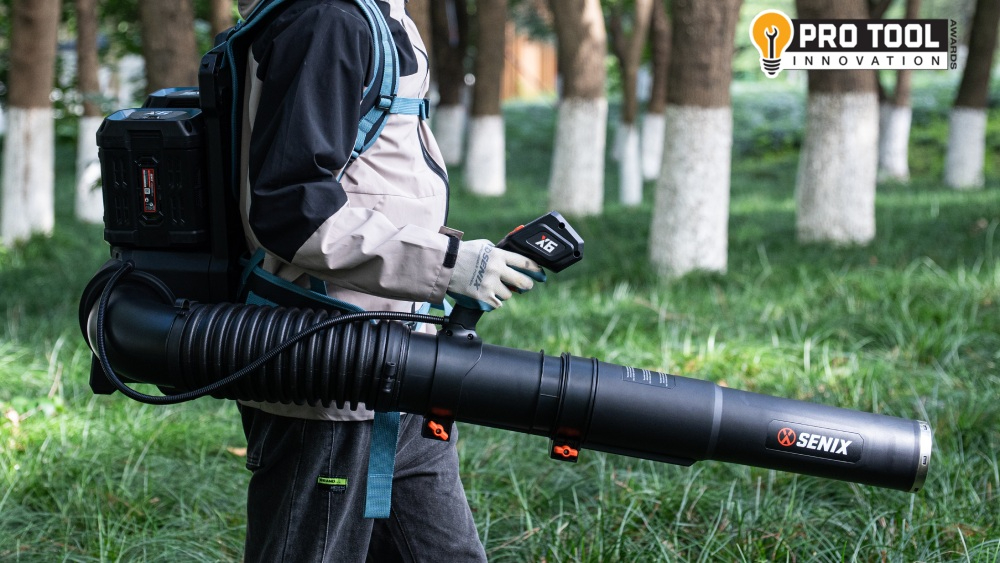
Efficiency, Noise, and Environmental Considerations
Performance is not the only concern. The California Air Resources Board reports that one hour of gas-powered blower use can emit as much pollution as driving a car 1,100 miles. This has accelerated the rise of cordless electric blowers, many of which now reach over 600 CFM and 180 MPH—once exclusive to gas models—without direct emissions.
Noise is another factor. Gas-powered models can exceed 90 decibels, according to OSHA, while many electric blowers stay closer to 65–75 decibels. For suburban homeowners, lower-noise models offer both neighborhood-friendly operation and compliance with local noise ordinances.
Practical Implications for Autumn
With millions of U.S. households maintaining lawns—nearly 78% of single-family homes according to the National Association of Realtors—the leaf blower has become more than a convenience; it’s a seasonal necessity. By understanding and selecting the right balance of air speed, volume, and force, homeowners can significantly cut down on cleanup time, protect turf health, and reduce strain compared to manual raking.
For most autumn conditions, a blower rated at at least 400 CFM and 150 MPH provides sufficient performance. For wet climates or larger properties, stepping up to 600 CFM or 20+ Newtons of blowing force ensures you’re equipped for heavy-duty tasks.
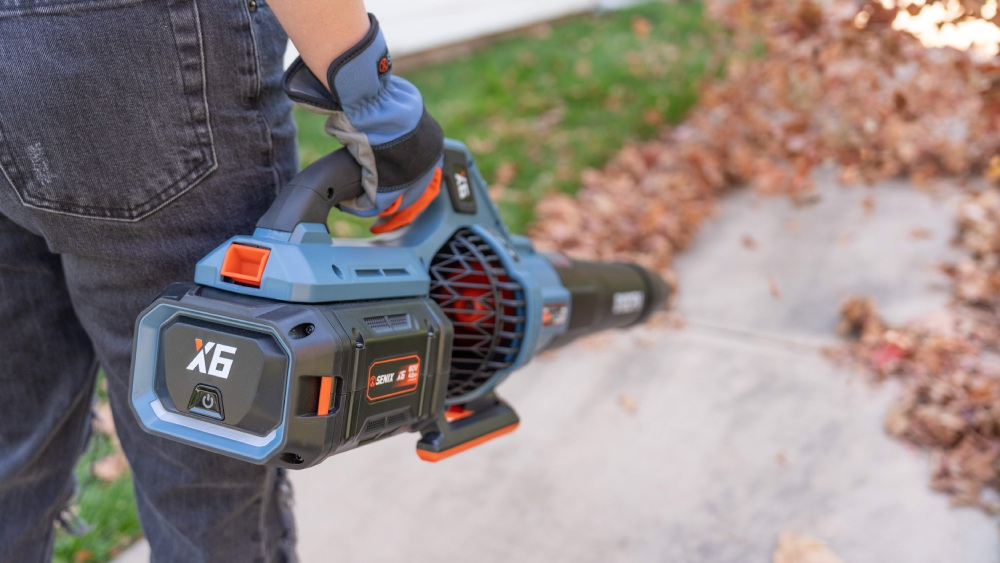
Final Thoughts
Autumn leaves may symbolize beauty and change, but managing them requires the right tools and the right knowledge. Air speed, air volume, and blowing force are not just technical details—they are the practical determinants of how well your blower will perform when the leaves pile up.
Choosing a blower with balanced specifications ensures that every autumn cleanup is efficient, effective, and less physically demanding. As technology advances, cordless models are narrowing the gap with gas blowers, offering environmentally conscious options without sacrificing performance.
So, when autumn arrives and the leaves begin to fall, you’ll know exactly what those numbers on the box mean—and why they matter for keeping your yard clear and healthy.


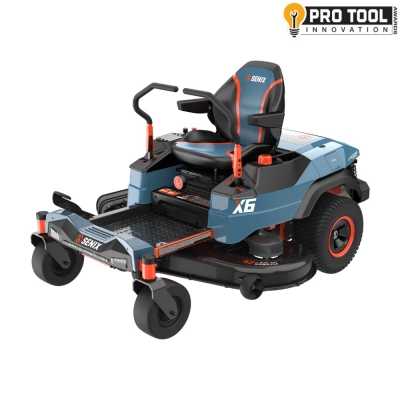
 (5.0)
(5.0)